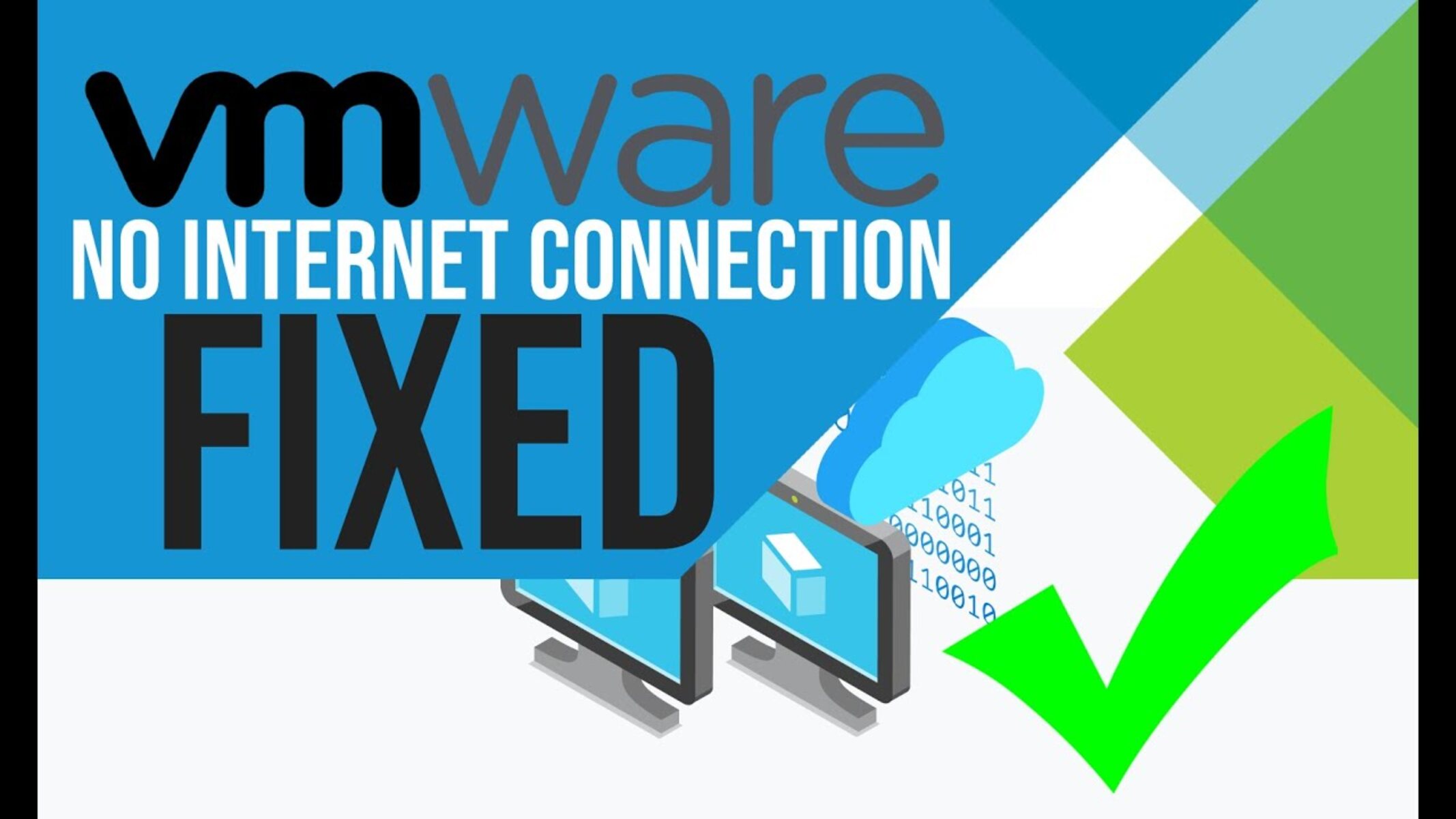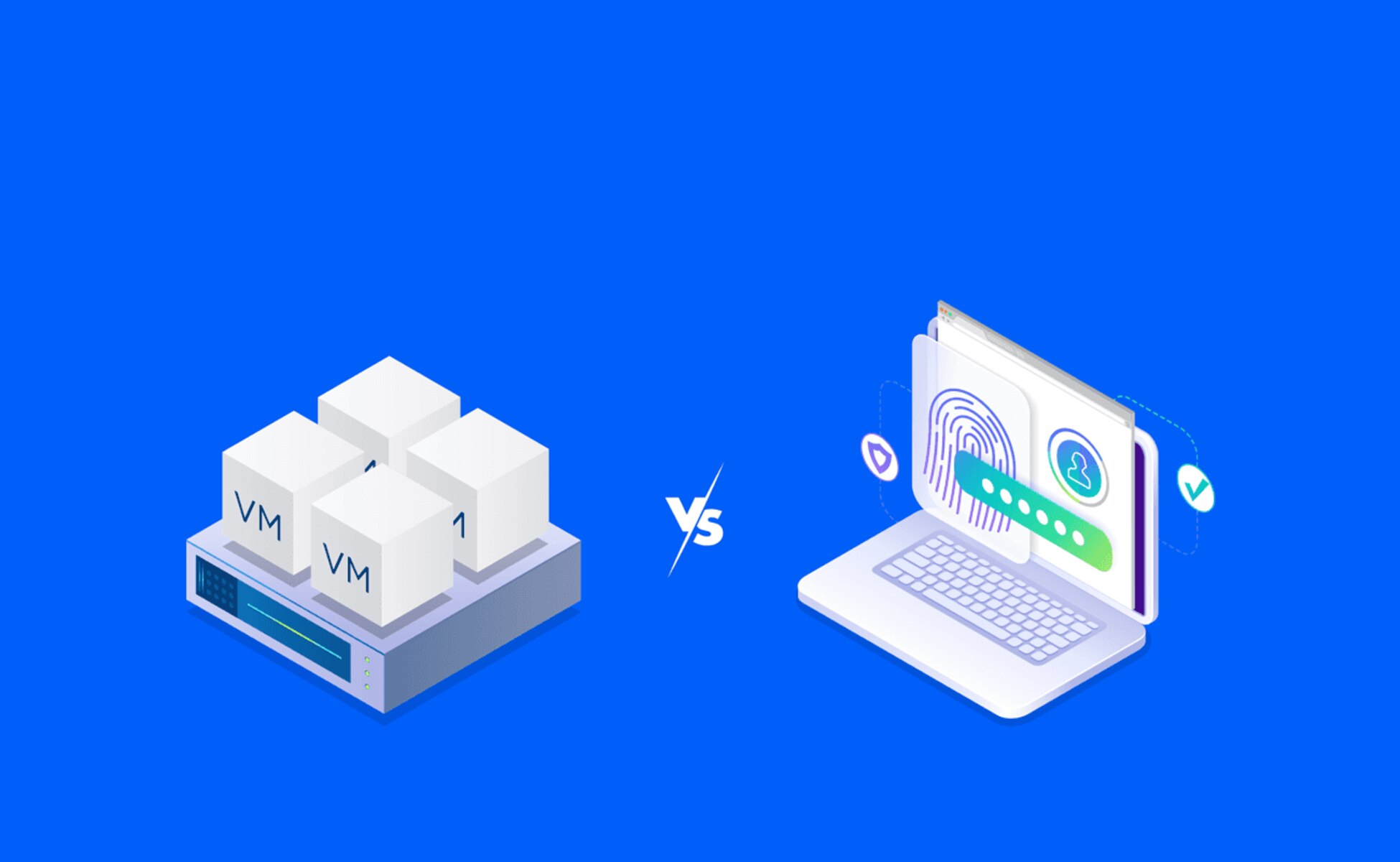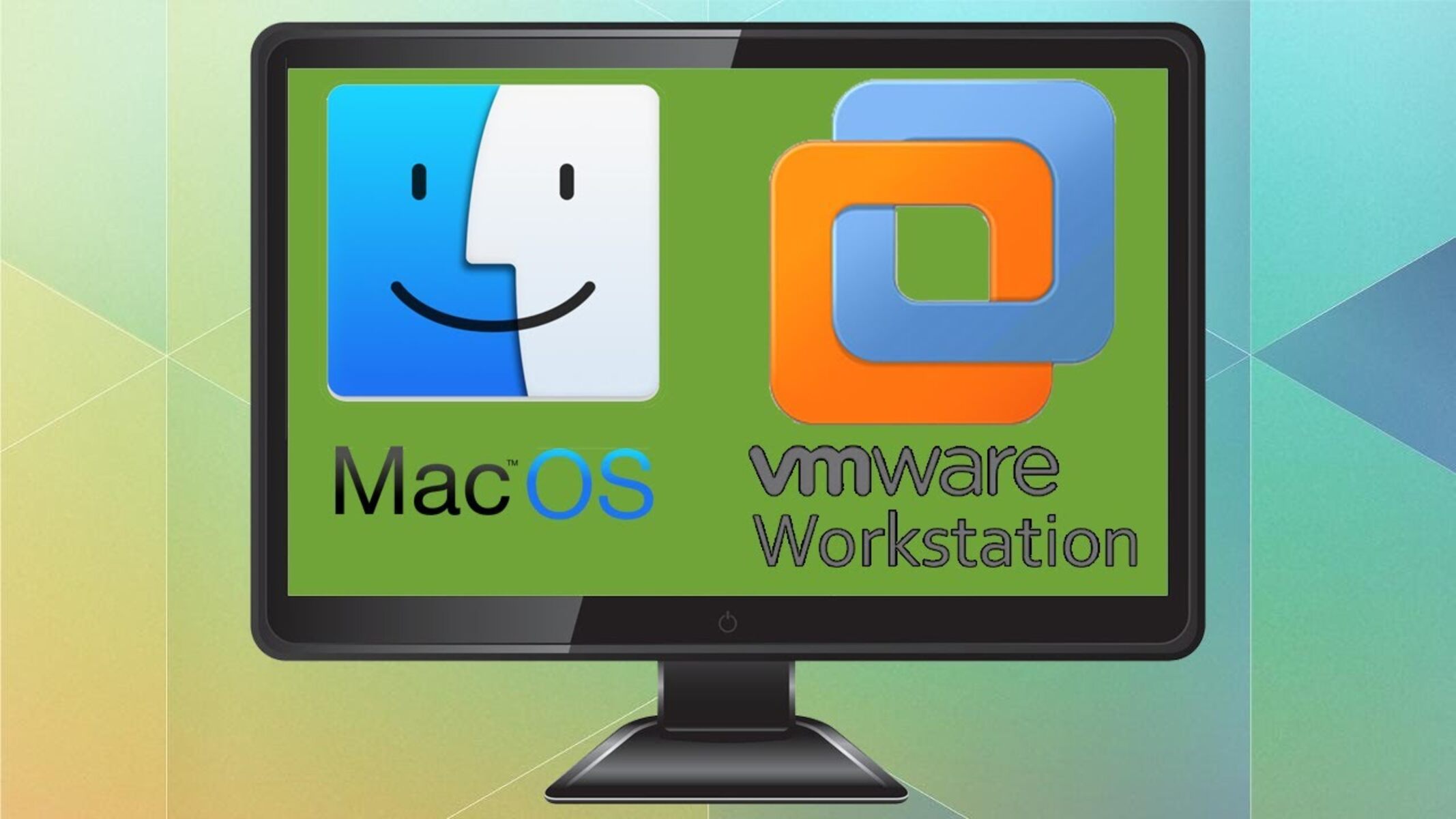Introduction
Welcome to the world of VMware Workstation, a powerful virtualization software that allows you to run multiple operating systems on a single machine. Whether you’re a developer, IT professional, or simply an enthusiast, VMware Workstation provides a convenient platform to create and manage virtual machines.
One of the key features of VMware Workstation is the ability to set up port forwarding. Port forwarding allows you to redirect network traffic from specific ports on your host machine to ports on a virtual machine. This can be incredibly useful in various scenarios, such as hosting a website or application on a virtual machine.
In this article, we will guide you through the process of port forwarding in VMware Workstation. We will explain the importance of port forwarding in virtual machine environments and provide you with step-by-step instructions on how to set it up. By the end of this article, you’ll have a clear understanding of how to effectively configure port forwarding in VMware Workstation.
Before we dive into the process of port forwarding, let’s briefly explore what it is and why it is essential in the context of VMware Workstation.
What is Port Forwarding?
Port forwarding is a networking technique that allows you to redirect incoming network traffic from one port on a device to another port on a different device. It plays a crucial role in establishing communication between devices in a networked environment.
When data is transmitted over a network, it is divided into smaller units called packets. Each packet contains information about the source port and destination port. Ports serve as endpoints through which data enters and exits a device. By default, different types of network services, such as web servers or email servers, use specific port numbers to listen for incoming traffic.
Port forwarding provides a way to redirect incoming traffic from one port on a device to another port on a different device on the same network or a different network. This enables external devices, such as routers or firewalls, to route incoming requests to the appropriate device within the network.
For example, imagine you have set up a web server on a virtual machine within your VMware Workstation. By default, the web server listens on port 80 for incoming HTTP requests. However, the virtual machine is running in a private network, and incoming requests from external devices won’t reach the web server directly. This is where port forwarding comes into play.
By configuring port forwarding, you can instruct your host machine to redirect incoming traffic on a specific port, such as port 8080, to the virtual machine’s port 80. This enables external devices to access the web server by sending requests to the host machine’s IP address on port 8080, which then forwards the requests to the virtual machine’s web server on port 80.
Port forwarding not only facilitates external access to services running on virtual machines but also helps in managing network traffic efficiently. It allows you to expose specific services to the outside world while keeping others hidden for security reasons.
Now that you have a basic understanding of port forwarding, let’s explore why it is crucial to harness its power within the VMware Workstation environment.
Why Port Forward in VMware Workstation?
Port forwarding is particularly important in VMware Workstation as it enables seamless communication between the host machine and virtual machines, allowing you to access and utilize various network services within the virtualized environment.
Here are a few key reasons why port forwarding is essential in VMware Workstation:
1. Accessing the Virtual Machine’s Services: When you create a virtual machine in VMware Workstation, it operates within a virtual network environment. By default, the virtual machine is isolated from the external network, making it inaccessible to devices outside the host machine. Port forwarding addresses this limitation by mapping specific ports on the host machine to corresponding ports on the virtual machine, facilitating access to services running within the virtual machine. Whether you’re hosting a web server, running a database, or deploying an application, port forwarding allows you to reach those services from external devices.
2. Testing and Development: VMware Workstation is widely used for software development and testing purposes. With port forwarding, you can easily test and interact with the services hosted on virtual machines without the need for complex network setups. For example, if you’re developing a web application, you can use port forwarding to access the application from your host machine’s browser. This streamlined approach saves time, eliminates the need for additional physical hardware, and provides a hassle-free environment for testing and development.
3. Collaboration and Sharing: Port forwarding in VMware Workstation allows you to share virtual machines and their associated services with colleagues or clients. By configuring port forwarding, you can grant access to specific services or applications running within the virtual machine, enabling seamless collaboration and sharing of resources. This is particularly useful in scenarios where you need to provide remote access to a development or testing environment.
4. Network Simulations and Protocols: VMware Workstation is commonly utilized for network simulations and testing different network protocols. Port forwarding plays a crucial role in simulating complex network topologies and enabling communication between virtual machines and external devices. Whether you’re emulating a multi-tier network architecture or simulating a specific network protocol, port forwarding allows you to establish the necessary connectivity and interactions for accurate testing and analysis.
Overall, port forwarding in VMware Workstation enhances the functionality and versatility of the virtual environment, enabling seamless access, testing, collaboration, and network simulations. Now that you understand why port forwarding is important, let’s dive into the step-by-step process of setting it up in VMware Workstation.
Step 1: Setting up the Virtual Machine
To begin the process of port forwarding in VMware Workstation, you’ll first need to create and set up the virtual machine. If you already have a virtual machine configured, you can skip this step.
Here’s a step-by-step guide on setting up a virtual machine in VMware Workstation:
- Launch VMware Workstation: Open the VMware Workstation application on your host machine.
- Create a New Virtual Machine: Click on the “Create a New Virtual Machine” option to start the virtual machine creation wizard.
- Select Configuration Type: Choose whether you want to create a typical or custom virtual machine configuration. For most scenarios, the “Typical” configuration is sufficient.
- Select the Guest Operating System: Specify the guest operating system you want to install on the virtual machine. VMware Workstation supports a wide range of operating systems, including Windows, Linux, and macOS.
- Specify Virtual Machine Name and Location: Provide a name and location for your virtual machine files.
- Allocate Memory: Set the amount of memory (RAM) you want to allocate to the virtual machine. Choose an appropriate value based on the requirements of your guest operating system and the applications you plan to run.
- Configure Network Connection: Select the desired network connection type for your virtual machine. You can choose between bridged, NAT, or host-only networking, depending on your requirements.
- Create a Virtual Hard Disk: Choose whether to create a new virtual hard disk or use an existing one. If you’re creating a new virtual machine, select the option to create a new virtual disk.
- Specify Disk Size: Set the size for the virtual hard disk. Consider the storage requirements of your guest operating system and applications when choosing the disk size.
- Finish the Virtual Machine Setup: Review the summary of the virtual machine configuration and click “Finish” to create the virtual machine.
Once you have set up the virtual machine, it will appear in the VMware Workstation interface, ready to be powered on and configured for port forwarding. In the next step, we will identify the local IP address of the virtual machine.
Step 2: Identifying the Local IP Address of the Virtual Machine
Before setting up port forwarding, you’ll need to identify the local IP address of the virtual machine within the VMware Workstation network. This local IP address will be used to establish the connection between the host machine and the virtual machine.
Here’s how you can find the local IP address of the virtual machine:
- Power on the Virtual Machine: Start the virtual machine in VMware Workstation by clicking on the “Power on” button.
- Login to the Guest Operating System: Once the virtual machine has booted up, log in to the guest operating system just as you would on a physical machine.
- Open the Command Prompt or Terminal: In the guest operating system, open the command prompt (Windows) or terminal (Linux/Mac) application.
- Run the IP Configuration Command: In the command prompt or terminal, enter the appropriate command to display the IP configuration. For Windows, use the command “ipconfig” and for Linux/Mac, use the command “ifconfig” or “ip addr show”.
- Identify the IP Address: Look for the IP address associated with the network interface of the virtual machine. The IP address will typically be listed under the “Ethernet” or “Wireless LAN” section.
- Note the IP Address: Take note of the local IP address of the virtual machine as it will be used to configure the port forwarding settings in VMware Workstation.
By identifying the local IP address of the virtual machine, you have obtained the necessary information to establish the connection between the host machine and the virtual machine. Now that you have the IP address, you can proceed to the next step and configure the port forwarding in VMware Workstation.
Step 3: Configure Port Forwarding in VMware Workstation
Now that you have the local IP address of the virtual machine, you can proceed to configure the port forwarding settings in VMware Workstation. This step will enable the host machine to forward incoming network traffic to the desired ports on the virtual machine.
Follow these instructions to configure port forwarding in VMware Workstation:
- Open VMware Workstation: Launch the VMware Workstation application on your host machine.
- Power off the Virtual Machine: If the virtual machine is currently running, ensure that it is powered off before configuring port forwarding.
- Select the Virtual Machine: From the list of available virtual machines, select the one for which you want to configure port forwarding.
- Go to Network Adapter Settings: In the VMware Workstation interface, locate the “Removable Devices” menu and click on it. From the dropdown menu, select “Network Adapter Settings”.
- Configure Port Forwarding: In the Network Adapter Settings window, click on the “Port Forwarding” button to open the Port Forwarding dialog box.
- Add a New Port Forwarding Rule: Click on the “Add” button to create a new port forwarding rule.
- Specify the Settings: In the Port Forwarding Rule dialog box, provide the necessary details for the port forwarding rule. This includes the host port, guest IP address (the local IP address of the virtual machine), and guest port. The host port is the port on your host machine that will be used to forward incoming traffic to the guest port on the virtual machine.
- Save the Port Forwarding Rule: Once you have entered the required information, click on the “OK” or “Save” button to save the port forwarding rule.
- Apply the Changes: Close the Network Adapter Settings window and ensure that the changes are applied to the virtual machine.
With the port forwarding rule in place, VMware Workstation will redirect incoming network traffic from the specified host port to the corresponding guest port on the virtual machine using the local IP address you have identified earlier. This allows external devices to communicate with services running within the virtual machine.
Now that you have configured the port forwarding settings, it’s time to test the setup to ensure proper functionality.
Step 4: Testing the Port Forwarding Setup
After configuring the port forwarding settings in VMware Workstation, it’s important to test the setup to ensure that the port forwarding is working correctly. Testing the setup will allow you to verify that external devices can access the services running within the virtual machine through the forwarded ports.
- Power on the Virtual Machine: Start the virtual machine in VMware Workstation.
- Open a Web Browser on the Host Machine: On your host machine, launch a web browser.
- Enter the Host Machine’s IP Address and Port: In the address bar of the web browser, enter the IP address of the host machine followed by the forwarded port number. For example, if the IP address of the host machine is 192.168.0.100 and you have forwarded port 8080 to the virtual machine’s port 80, enter “192.168.0.100:8080”.
- Access the Service: Press Enter or click Go to access the service running on the virtual machine. If everything is configured correctly, you should be able to see and interact with the service as intended.
- Verify Other Services: Repeat the previous step with any other services you have configured port forwarding for. Ensure that you can access those services successfully as well.
- Test from External Devices: If you have access to external devices, try accessing the services from those devices. Use the host machine’s public IP address followed by the forwarded port number to establish a connection. This step confirms that the port forwarding is functioning correctly and allows external devices to reach the services in the virtual machine.
By testing the port forwarding setup, you can ensure that your virtual machine’s services are accessible from both your host machine and external devices. Any issues or errors encountered during the testing phase can be addressed and resolved to establish a stable and functional port forwarding configuration.
Congratulations! You have successfully configured and tested the port forwarding setup in VMware Workstation. Now you can enjoy seamless communication and access to services within your virtual machine environment.
Conclusion
Port forwarding in VMware Workstation is a valuable feature that enables seamless communication between the host machine and virtual machines. By redirecting incoming network traffic, port forwarding allows you to access services running within a virtual machine from external devices. This functionality is particularly useful for hosting websites, testing applications, collaborating with colleagues, and simulating network architectures.
In this article, we discussed the importance of port forwarding in VMware Workstation and provided a step-by-step guide on how to set it up. We covered the process of creating and configuring a virtual machine, identifying the local IP address of the virtual machine, and setting up port forwarding through the VMware Workstation interface. Additionally, we emphasized the significance of testing the port forwarding setup to ensure proper functionality and accessibility.
By following these steps, you can unleash the full potential of VMware Workstation, harnessing the power of port forwarding to enable seamless communication and access to services within your virtual machine environment.
Remember, port forwarding is a powerful networking technique, so it’s important to prioritize security. Always ensure that you have proper firewall configurations in place and take appropriate measures to protect your virtual machines and the services running within them.
Now that you have a solid understanding of how to configure port forwarding in VMware Workstation, you can take full advantage of the capabilities it offers. Whether you’re a developer, IT professional, or simply an enthusiast, port forwarding in VMware Workstation opens up a world of possibilities for enhanced testing, development, collaboration, and networking simulations.
So go ahead, explore the endless opportunities that VMware Workstation and port forwarding present, and make the most of your virtual machine environment.

























